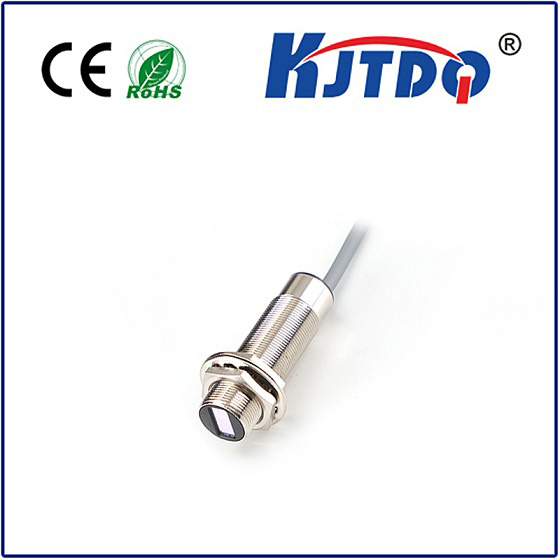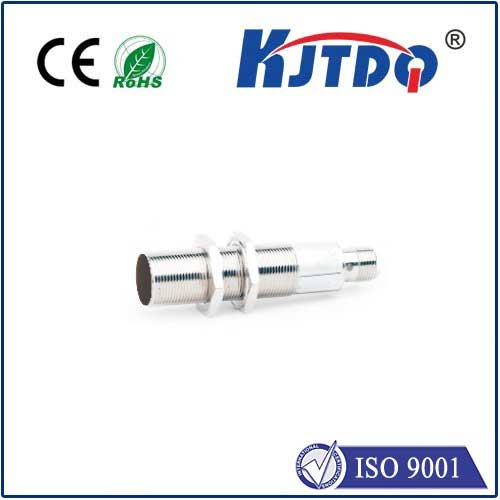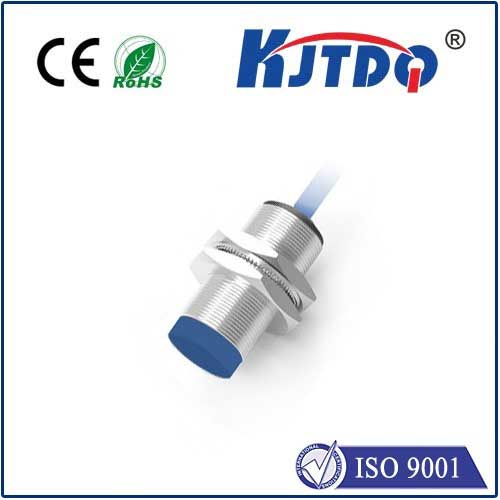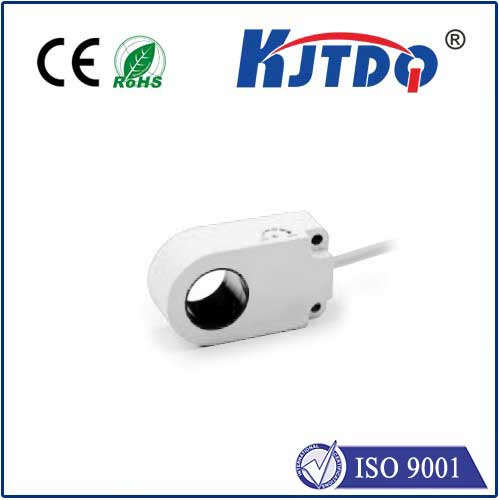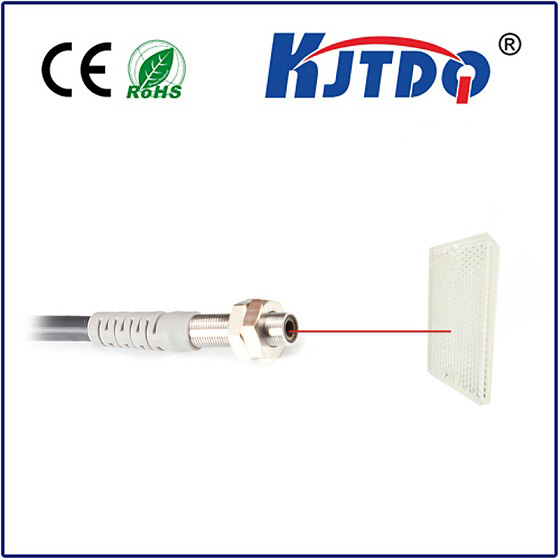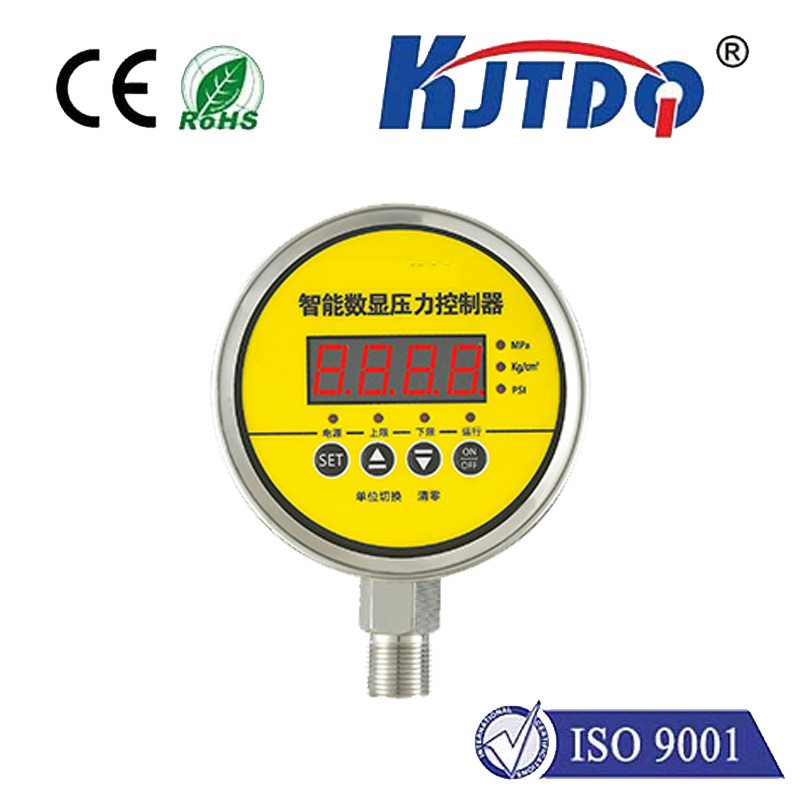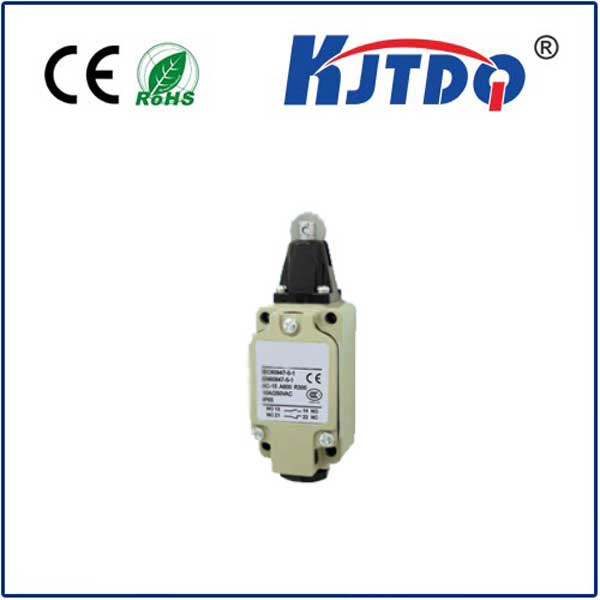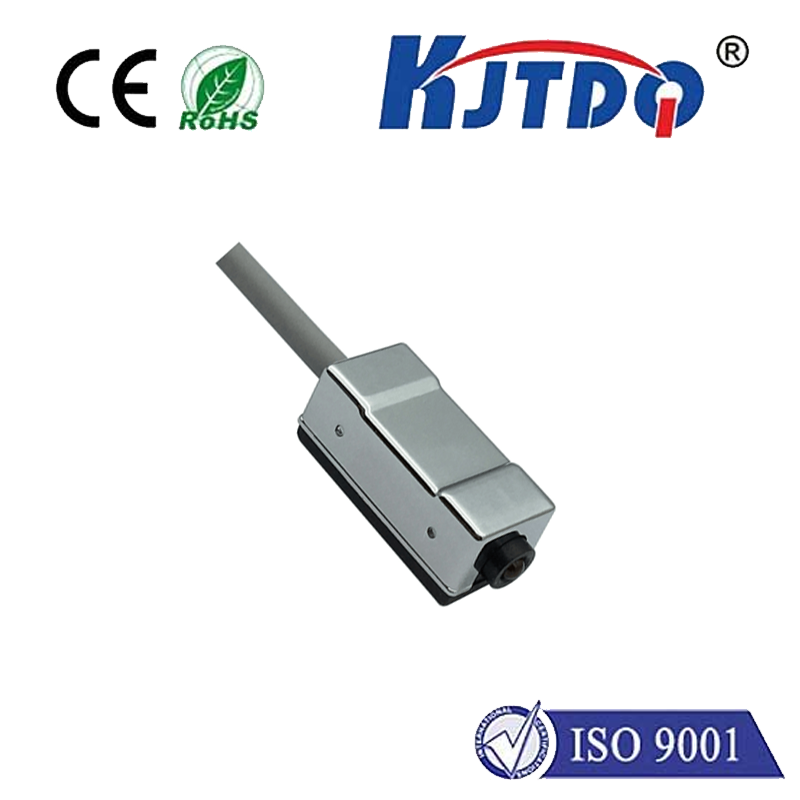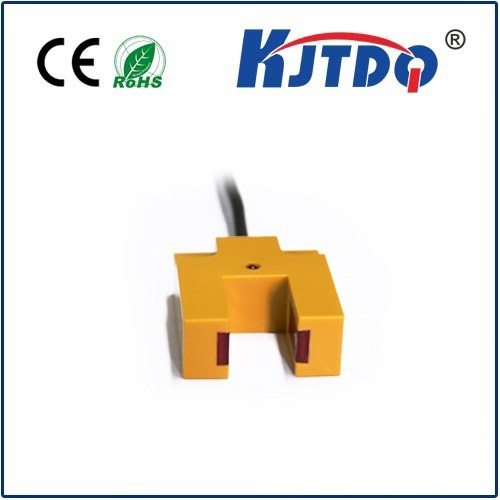
check

check

check

check
Exploring the Essential Functions of Relay Limit Switches
In the world of automation and industrial control systems, relay limit switches play a crucial role in maintaining operational efficiency and safety. These devices are essential components that help regulate machine movements and prevent mechanical failures by providing precise positioning information to controllers. In this article, we delve into the functions and benefits of relay limit switches, highlighting their significance in various industrial applications.
What Are Relay Limit Switches?
A relay limit switch is an electromechanical device designed to detect the presence or absence of an object within its sensing area. It consists of a sensor that can detect physical movement or contact, which then triggers a change in electrical state through an output relay. This simple yet efficient mechanism allows for the detection of positions, counts, end points, and directional changes in machinery.
Functionality and Benefits

The primary function of a relay limit switch is to monitor and control machine processes. When integrated into a system, these switches can halt or initiate operations based on predefined parameters. For example, in conveyor belt systems, relay limit switches can detect when items reach certain points, ensuring that goods are transported efficiently and safely. Additionally, they contribute to increased productivity by reducing human intervention and minimizing downtime caused by misalignment or equipment malfunctions.
Safety First
One of the paramount advantages of using relay limit switches is enhancing safety measures. By setting limits on machinery movements, they prevent potential accidents and damage to both equipment and operators. In scenarios where machines must operate within tight spaces or with dangerous materials, limit switches serve as critical safeguards against collisions or overtravel situations.
Wide Application Range
Relay limit switches find extensive use in various industries such as manufacturing, logistics, construction, and automotive sectors. They are integral parts of assembly lines, packaging equipment, elevator controls, and robotic arms, among other machinery. The adaptability of these switches means they can be tailored for light-duty applications like small robotic arms or heavy-duty ones like crane positioning systems.
Maintenance and Reliability
Despite their robust design, relay limit switches require periodic maintenance to ensure optimal performance. Routine checks for wear and tear, proper alignment, and clean contacts are necessary to prevent false signals or failures. However, their simplicity in design often translates to ease of maintenance and replacement, making them reliable components in long-term operations.
Conclusion
In conclusion, relay limit switches are fundamental elements in ensuring precision control and enhancing safety across numerous industrial sectors. By providing accurate positional feedback, they help maintain consistent operational efficiency while preventing costly errors and potential accidents. As industries continue to evolve towards more automated processes, the importance of relay limit switches will only grow, underscoring their value in modern machinery management.
